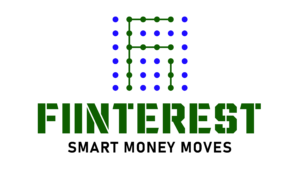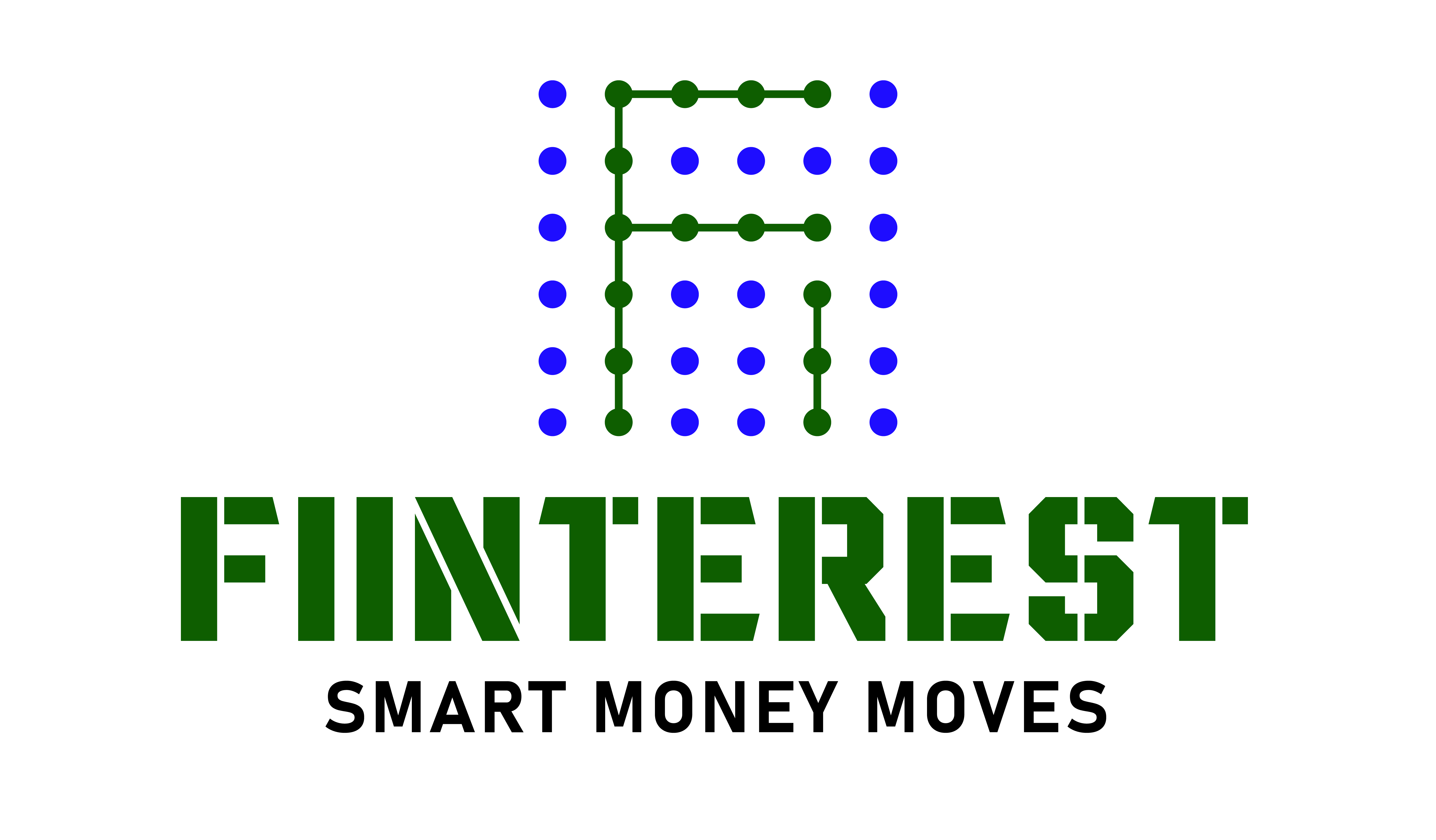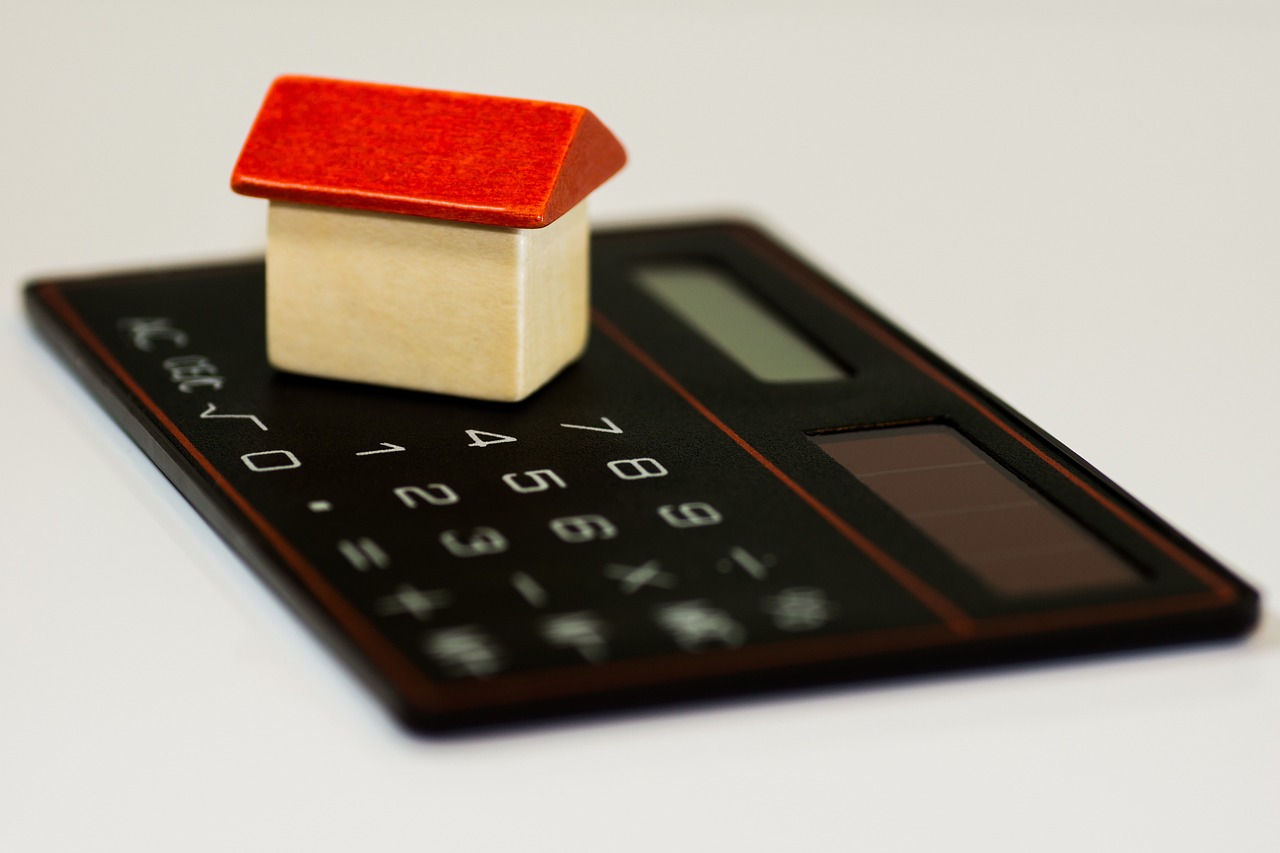Getting mortgage financing is one of the most critical financing decisions you will ever make, so it’s essential to understand precisely what we’re getting into in this article, Mortgage Financing -All You Need To Know.
The more you know about the nitty-gritty of a mortgage, the more prepared you will be to choose a mortgage explicitly tailored to your requirements.
What is Mortgage Financing?
A mortgage is most likely the most extensive and longest-term loan you’ll ever get to purchase the most significant asset you’ll ever own – your house.
When you sign a mortgage loan agreement, you commit to paying back the borrowed funds, plus interest, by the due date.

Some Common Mortgage Financing Terms:
To secure a mortgage, you must sign several legal documents, including a promissory note and a deed of trust in many countries.
If you’re planning on acquiring a mortgage, you should be familiar with the following frequent terms:
- Promissory note: The note, or promissory note, specifies the terms of the loan and repayment, including the next:
- Interest rate
- The total amount of your mortgage
- The loan’s tenure (30 or 15 years are the most frequent examples)
- At what point is a loan declared overdue?
- Amount due per month for principal and interest
- Mortgage: A mortgage is sometimes a synonym for “home loan”; however, the word has a distinct connotation. If you fail to pay the mortgage as agreed upon in the note, the lender might foreclose on the property and sell it.
- Deed of Trust: Similarly to a mortgage, a deed of trust may be used as collateral to secure a loan. The mortgage contract typically involves two parties: you and the lender. A deed of trust is a legal document that may be used to add a third party, a trustee, to your mortgage. If you default on your mortgage, the trustee named in your deed of trust may legally take possession of your property and sell it to recoup the lender’s losses.
- Mortgage closing costs: Mortgage closing costs are the costs that a lending institution will charge you to make or originate a loan. They generally consist of expenses linked to the loan’s underwriting, processing, documentation, and financing, as well as fees associated with the origination of the loan and discount percentages. However, your closing expenses will include appraisals and title costs, title insurance, surveys, and recording fees. You should expect to pay anywhere from 2% to 6% of the loan fees. However, this will vary greatly depending on the sort of mortgage you acquire and your area. Your closing fees might be anything from $5,000 to $15,000 on a $250,000 mortgage.
- Discount notes: This is money given to your lender in return for a reduced interest rate, also called “mortgage points.”
- Note rate: This is the real interest rate you pay each year based on the loan amount you borrow, represented as a percentage rate. It does not include any expenses or fees associated with the mortgage and should not be mistaken for the annual percentage rate. It varies depending on the kind of loan you have and how much you borrow.
- Annual percentage rate (APR): The annual percentage rate (APR) measures the overall cost of borrowing money and is often greater than your note rate due to the inclusion of fees and the loan length in the calculation. But, the more significant the disparity between the interest rate on your note and the APR, the greater the total amount you will be responsible for paying in closing expenses. The annual percentage rate (APR) was developed to help customers compare loans with varying interest rates and fees, and its disclosure is mandated by federal law.
- Mortgage insurance: Mortgage insurance safeguards a lender against financial loss if they are required to foreclose on your home due to your inability to keep up with your monthly mortgage payments. Mortgage insurance must be paid on certain government-backed loans regardless of the down payment size, although it is possible to avoid paying for it on conventional loans if the down payment is at least 20%.
How does Mortgage Financing work?
It would help if you negotiated with a bank or some other lender to get a mortgage.
Pre-approval is often the first step in the process, and it allows you to get an estimate of the maximum amount of money the lender is prepared to give you, as well as the interest rate you’ll be paying.
Now, you can use this information to get an idea of how much your loan will cost, and you can also get a jumpstart on looking for a house as per your budget.
The house is used as collateral. If you breach the agreement to repay your mortgage, the lender can foreclose on your home and take possession of it.
Your loan becomes a mortgage once secured against your property as a lien. This means that your home ownership is now contingent upon you making regular payments on your new loan according to the agreement terms.
You must repay the mortgage regularly, often through a monthly payment. These repayments will generally include both the principal and the interest rate.
A portion of the payment you make toward your mortgage will go toward paying down the principal, often known as the mortgage balance, and another piece will go toward the interest accrued on the loan.
At the beginning of your mortgage, more of your payment goes toward interest, but as time passes, you’ll pay off more principal than interest.
Your lender will provide an amortization plan(a schedule showing each payment detail). This amortization plan will illustrate the gradual reduction of your loan amount as the principal is repaid alongside the interest accrual.
Three Things to Consider When Shopping for A Mortgage
Buying a home might be the most significant investment of your life, so it’s essential to be well-versed when you start the process.
1. Know your credit score and actively work to improve it.
Your credit score is one of the most critical aspects of securing a mortgage and determining your interest rate. You should analyze and strive to enhance your credit score. Check following:
- If you think mistakes are lowering your score, you should dispute them.
- Be sure to keep your credit card amounts low, or better yet, pay them off ultimately.
- Be timely with the payment of all of your monthly bills.
2. Determine how much you can afford
Before you go home hunting, know your budget. Remember that your monthly mortgage payment will include more than the interest and principal. In addition to that, it will contain things like real estate taxes, homeowner’s insurance, and maybe even mortgage insurance (depending on your loan program and down payment).
Also, be sure that your budget includes the following:
- Utilities (including food, electricity, water, and cable)
- Homeowners dues
- Maintenance expenses
- The household goods, including furniture and appliances
- Additional funds- set aside in case of a financial emergency
3. Look around to get the best deal.
Shop around for the best offer on your loan since costs and interest rates may vary greatly, even among lenders offering the same sort of loan (either government-backed or conventional).
You may save hundreds of thousands of dollars throughout your mortgage by comparing interest rates and loan terms from at least three lenders.
For more Related Content, Click here→
Or Check: Types of Mortgage Financing
.



